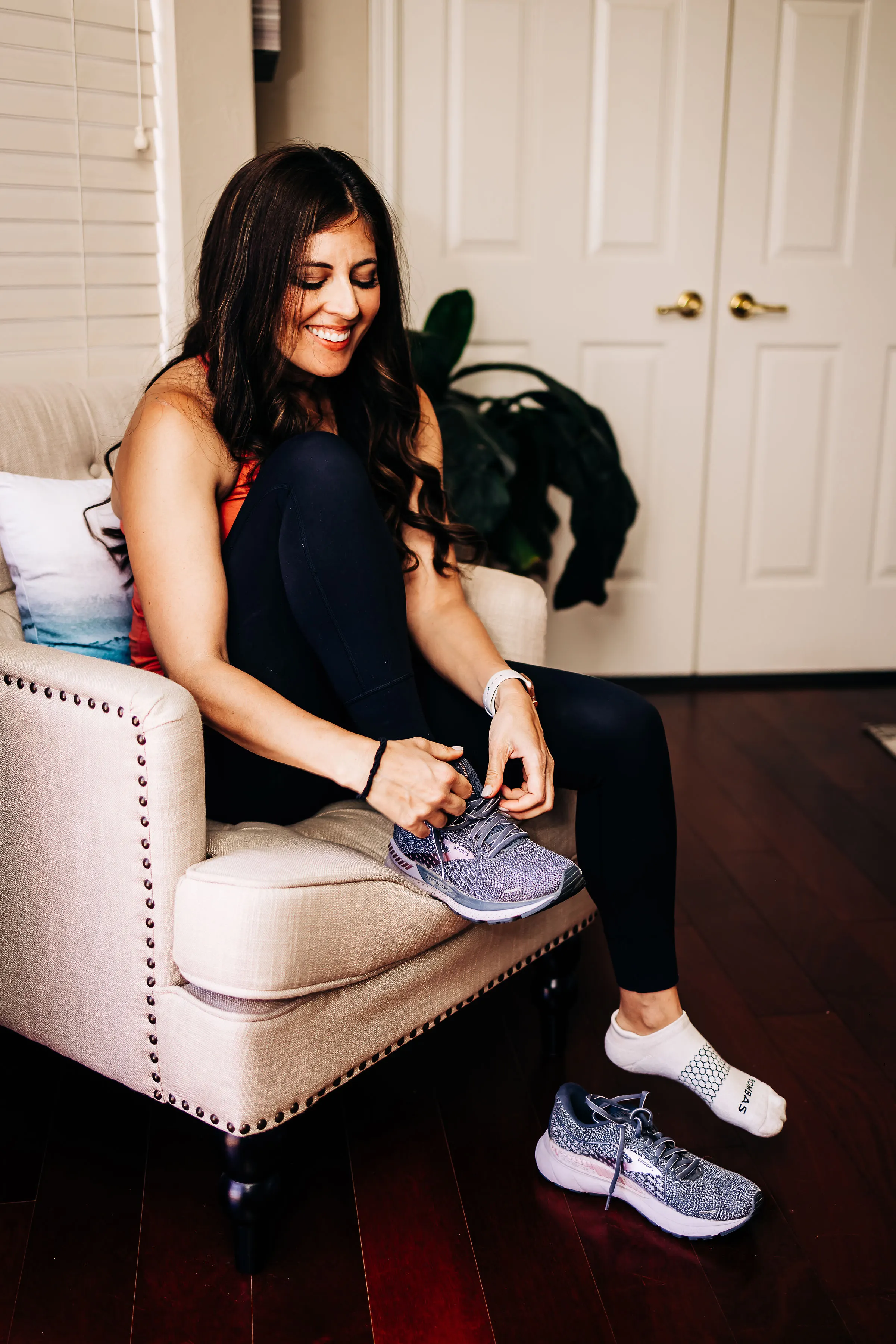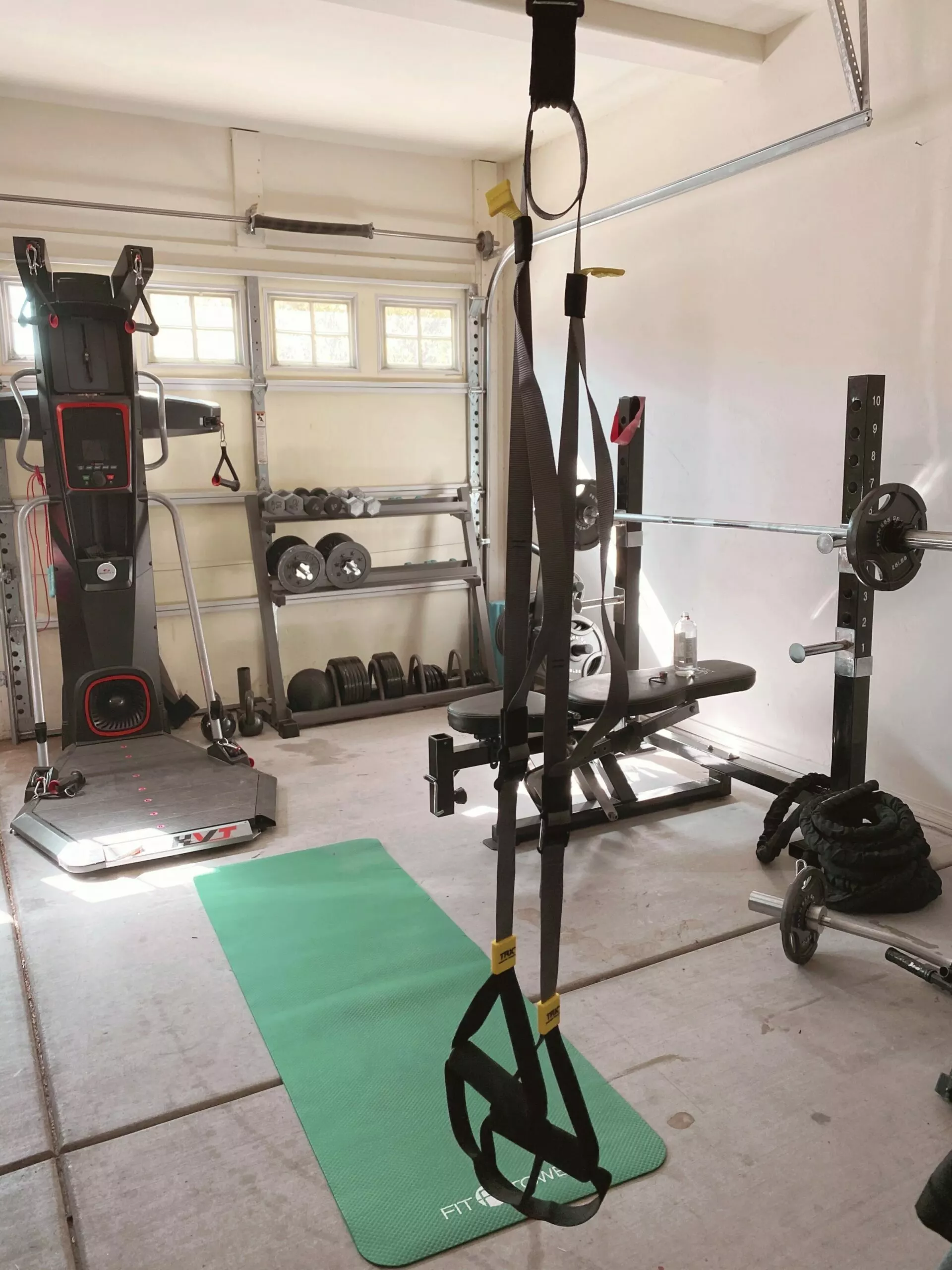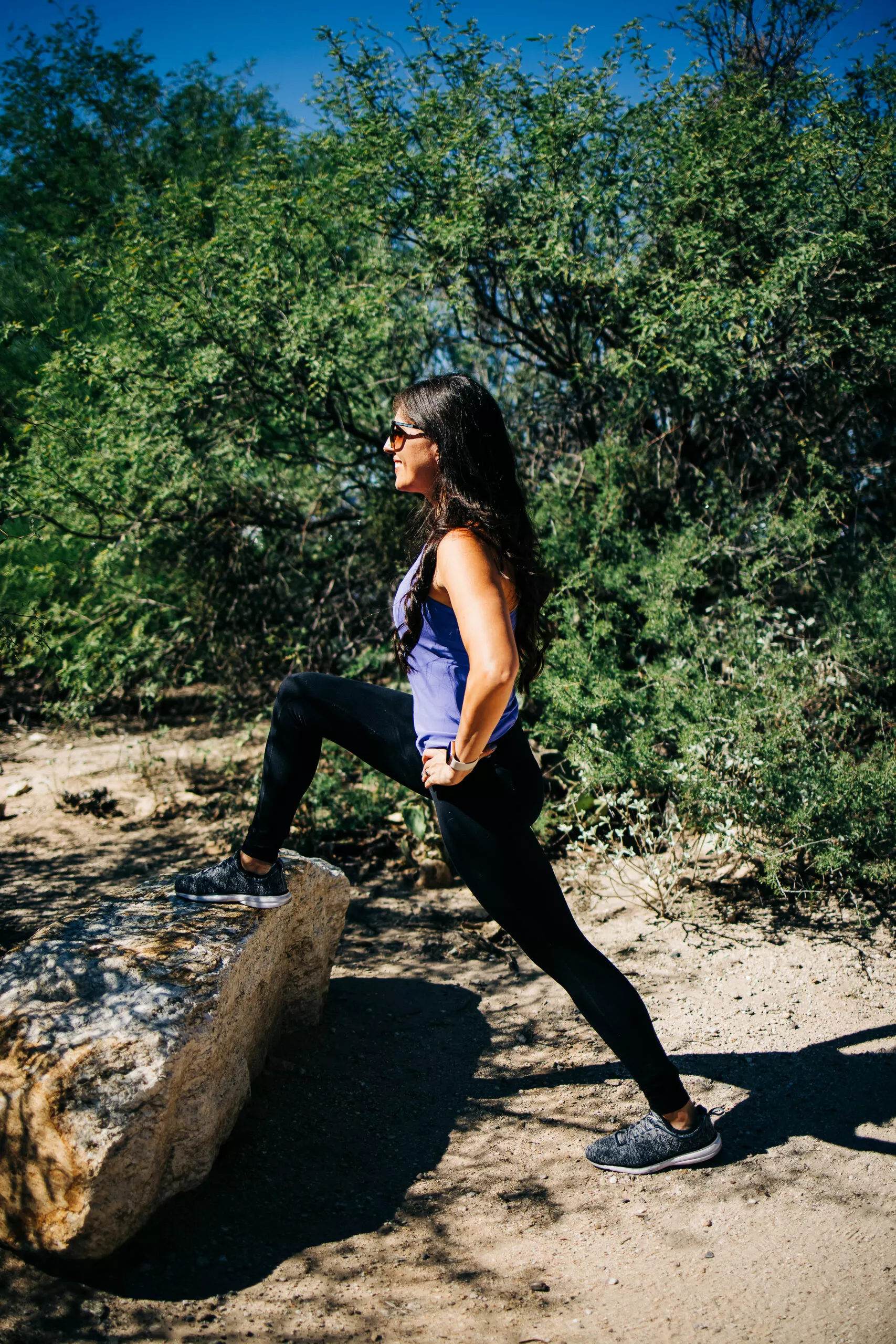Sharing tips on how to train for a half marathon, including fuel tips, training strategies, recovery, and more!
Hi friends! How’s the day treating ya? I hope you’re having a great one.
For today’s post, let’s lace up our running shoes, shall we?
It’s been quite a while since I’ve done a half marathon (one of my Ironman friends keeps telling me I need to do another one), I still help clients and friends train for endurance events. I love creating training plans and sharing tips, so I figured we’d chat about half marathons and training strategies.
So, what exactly is a half marathon?
Well, it’s a long-distance race that covers a distance of 13.1 miles or 21.1 kilometers. It’s a challenging yet achievable goal for many runners, offering a stepping stone between shorter races like 5Ks and the ultimate endurance test of a full marathon.What sets a half marathon apart from a full marathon is the distance. While a full marathon covers 26.2 miles, a half marathon is a more manageable undertaking, making it a popular choice for runners of varying abilities and experience levels. It’s an ideal challenge for those looking to push their limits and experience the thrill of a longer race without the intensity and extensive training required for a full marathon.
Before taking on a half marathon, there are several things to consider and prepare for. It’s essential to assess your current fitness level, set realistic goals, invest in proper running gear, and pay attention to nutrition and hydration.
Additionally, understanding the course, pacing strategies, and recovery techniques will contribute to your overall success and enjoyment of the race.Training for a half marathon not only helps you physically but also provides mental and emotional benefits. The discipline and commitment required to follow a training plan can boost your mental strength and resilience, transferring into other areas of your life.
Today, I’ll be sharing a comprehensive guide on how to train for a half marathon, covering topics like creating a training plan, incorporating cross-training and strength exercises, managing your nutrition and hydration, and tips for race day success. My aim is to provide you with the tools, guidance, and motivation to make the most out of your half marathon journey and achieve your PRs (personal records!).
How to train for a half marathon
Step 1
Create a training plan or follow a training schedule. It’s important to build your endurance gradually, improving your cardiovascular fitness, and strengthening your muscles. A well-designed training plan will help you develop the necessary physical and mental strength, allowing you to conquer the distance with confidence.
Step 2
Emphasize resistance training. Resistance training will help to support all of the muscles in your legs, and can help to prevent muscle imbalances and overuse injuries. Resistance training can also make you a stronger, faster runner, and improve your endurance. If you’re training for anything (or training for LIFE), don’t skip out on resistance work.
Step 3
Recover wisely. Make sure to have at least 1-2 full days of rest each week. This is your body’s chance to recover and repair from your hard work. It can be hard to take days off, especially if you’re enjoying training, but I promise you that this is where the magic happens. Use these days for extra stretching or mobility work, or something restorative, like a sauna session, bath, or long nap.
Step 4
Prepare hydration and nutrition. This takes a little bit of trial and error, especially when you’re trying to figure out race day fueling strategies. Make sure that you’re consuming enough water, electrolytes (especially for workouts longer than an hour), and fueling your body with healthy carbs, protein, fat, and fiber. Experiment with carbs during longer runs, too. You may find that you like a gel or a few gummies when you first start, and then every 30-45 minutes. The key is to get yourself some carbs and a little boost BEFORE you hit a wall.
Step 5
Make an awesome playlist. This can make such a huge difference with motivation! Prep a playlist with the songs you love to hear, and add them in the order you need to hear them. For example, I put more motivational songs at the front of my playlist and really amp it up towards the end. I always make my favorite song the one I’ll hear around mile 10, when I usually hit a little slump.
Best Workouts for Half Marathon
Glute work (especially glute medius)
To improve your glute strength as a runner, incorporate exercises that target the glute muscles into your training routine. Movements like squats, lunges, hip thrusts, and glute bridges are all fantastic choices. Additionally, incorporating resistance bands, kettlebells, or bodyweight exercises can further challenge your glutes and promote strength development.
Quad strengtheners
These muscles are responsible for extending your knee and propelling you forward with each stride. When your quads are strong, they help generate power and provide stability during the push-off phase, resulting in a more powerful stride and increased speed.
Hip flexor stretches
Our hip flexors can get tight from constant flexion at the hip as we run, so make sure to incorporate hip flexor stretches.
Lateral movements
Lateral movements engage the muscles responsible for stabilizing your hips, knees, and ankles in side-to-side motions. By incorporating exercises such as lateral lunges, lateral bounds, or lateral shuffles, you can improve your stability and balance. This translates to better control and coordination during your runs, especially when navigating uneven surfaces or changing directions quickly.
Injury Prevention: Running predominantly involves forward movement, which can lead to muscle imbalances and neglect of certain muscle groups. Lateral movements work different muscle fibers and activate muscles that may not be fully engaged during traditional running. Strengthening the muscles in your hips, glutes, and inner and outer thighs through lateral movements can help correct imbalances, reduce the risk of common running injuries like iliotibial band syndrome (ITBS), and improve overall biomechanics.
Improved Agility and Quickness: Lateral movements require quick changes in direction and footwork. By incorporating lateral exercises into your training, you can enhance your agility and reaction time. This can be particularly beneficial for trail runners or those participating in sports that involve frequent changes in direction, such as soccer or basketball
Increased Hip Mobility: Lateral movements often involve a greater range of motion in the hips compared to linear running. Regularly performing lateral exercises can help improve hip mobility and flexibility, which can translate to a smoother and more efficient running gait.
Core Engagement: Lateral movements engage your core muscles, including the obliques and deep abdominal muscles, as they help stabilize your torso during side-to-side movements. A strong core is essential for maintaining proper running posture and transferring power from your lower body to your upper body.
To incorporate lateral movements into your training, consider adding exercises such as lateral lunges, side shuffles, lateral bounds, or lateral leg lifts. You can perform these exercises as part of your warm-up, cool-down, or dedicated strength training sessions.
Functional core work
As you increase your mileage or aim for longer distance races, maintaining core stability becomes even more critical. A strong core helps delay fatigue by supporting your body’s posture and reducing the impact of repetitive motion on other muscles. By improving your core endurance, you can maintain good form and prevent energy wastage, enabling you to sustain your pace during long runs or races.
To incorporate functional core work into your training, focus on exercises that mimic the demands of running and engage multiple muscle groups simultaneously. Planks, side planks, Russian twists, mountain climbers, and bird dogs are excellent examples.
Half Marathon Training Schedule
I have a full sample training plan here from my post How to train for a half marathon while strength training. It includes a balanced mix of strength, running (with progressive mileage), and rest. As always, talk with a doctor before making any fitness changes and honor your body; modify as needed.
Crossing that finish line after months of preparation can be an incredibly empowering and fulfilling experience, fueling your self-confidence and sense of achievement. If you’re currently training for a half marathon, I’m cheering for you and sending lots of wishes for an awesome race!
xoxo
Gina
Trending Products

FITINDEX Vibrating Foam Roller 5-Speed, Next Generation Electric Foam Roller for Muscle Relax, Fitness Deep Massage Foam…

Resistance Bands for Working Out with Exercise Guide. Fabric Booty Bands for Women Men. Workout Bands Leg Bands for…

GAODI Women Waist Trainer Vest Workout Slim Corset Neoprene Sauna Tank Top Zipper Weight Loss Body Shaper

FITNE Green Tea Herbal Honey Lemon With Garcinia Senna Infusion Gentle Detox Cleanse High Antioxidant No Calories Stevia…

Sunny Health & Fitness Squat Assist Row-N-Ride™ Trainer for Glutes Workout

FITNE Black Currant Herbal Green Tea Fruity Garcinia Senna Infusion Gentle Detox Cleansing Boost Antioxidant Wellness…

Cork Squat Wedge Block 2PCS Non Slip Professional Squat Ramp,Squat Platform for Heel Elevated Squats and Calf Raises…











